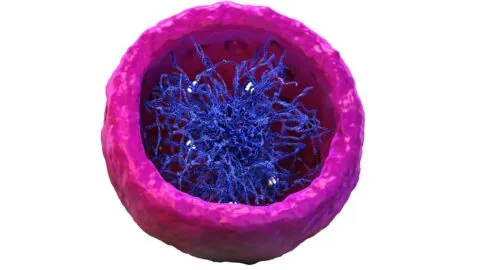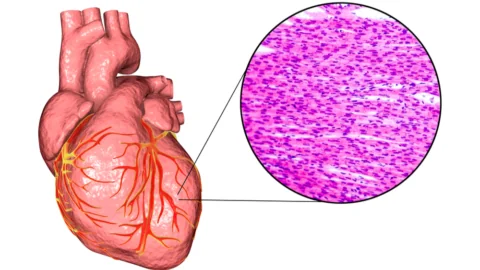November 19, 2023
Researchers publishing in Nature Aging have investigated one of the core biological reasons behind the decline of stem cells' ability to proliferate. Heterochromatin and euchromatin The genetic component of cells is comprised of two main parts: heterochromatin and euchromatin. Heterochromatin is largely silent, as it is a tightly packed mass that consists primarily of non-coding...
June 28, 2023
In a new study published in Aging Cell [1], researchers report that transient activation of the Yamanaka factor Oct4 allowed partial reprogramming of cells, which led to rejuvenation in these cells and in a mouse model of premature aging. Yamanaka Factors - Opportunities for RejuvenationDrs. Takahashi and Yamanaka showed that they could use Oct4, Sox2, Klf4,...
December 22, 2022
A paper just published in Nature Aging has explained how changes to the lamina contribute to heart weakness in model organisms. A protective enclosure for genetic stability Lamin proteins enclose the nucleus in the lamina, the cellular envelope that contains and protects DNA. In progeria, a mutation of the gene that codes for the Lamin...
January 07, 2021
A gene editing technique published in Nature has proven to be effective in a mouse model of Hutchinson–Gilford progeria syndrome (HGPS). A single error causes tremendous damage HGPS is a well-known disease that causes visible aging and early death in children. In progeria, the lamina that protects the genetic information in the nucleus is greatly...
October 15, 2020
A new study published in Nature shows a strong link between the protein G3BP1 and the SASP, a harmful byproduct of senescent cells.
June 19, 2020
LMNA, a gene coding for lamins, whose mutations cause many developmental diseases, is linked to Hutchinson-Gilford Progeria (HGP) [1]. HGP is a disease that causes premature aging and is currently affecting around 390 children. Their average life expectancy is around 13 years, but some affected individuals can live to 20 years. Nuclear lamins are fibrous...






